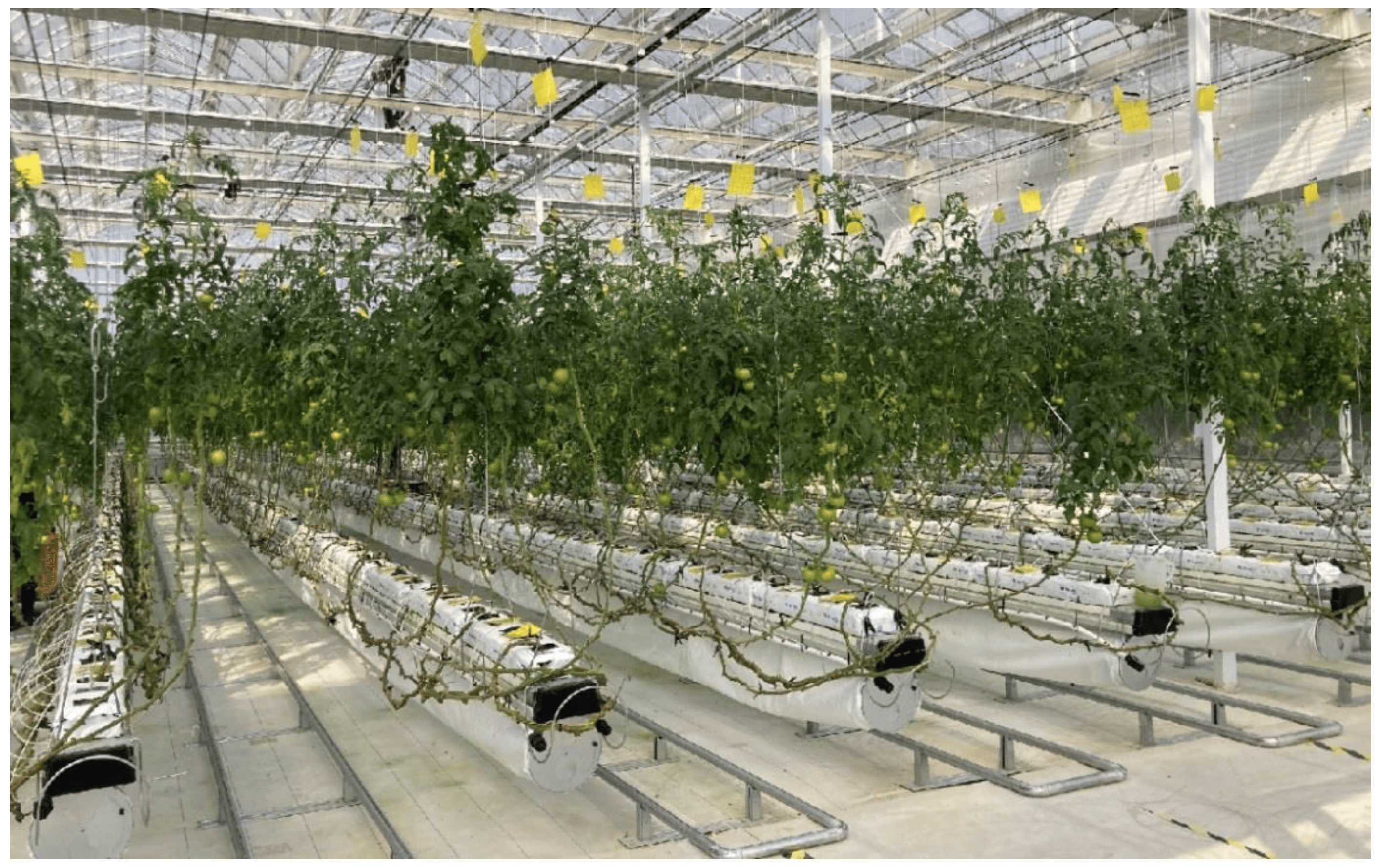Harvesting Innovation: How Automated Hydroponic Greenhouses Are Changing Agriculture
In the realm of agriculture, innovation has always been a driving force, propelling the industry towards increased efficiency, sustainability, and productivity. One such groundbreaking innovation that has been gaining momentum is the advent of automated hydroponic greenhouses. These advanced systems are revolutionizing traditional farming methods by providing an environment where crops can thrive without the limitations imposed by climate, soil quality, and seasonal changes.
The Hydroponic Advantage
Hydroponics, a soil-less method of cultivating plants, has been around for centuries, but recent technological advancements have propelled it to the forefront of modern agriculture. The process involves growing plants in nutrient-rich water solutions, allowing for precise control over essential elements such as nutrients, water, and light. This method eliminates the need for soil, reducing the risk of soil-borne diseases, pests, and the heavy use of pesticides.
Automation: The Game Changer
While hydroponics alone offers numerous benefits, the integration of automation technology takes it to an entirely new level. Automated hydroponic greenhouses available at online store- Nutraponics are equipped with a range of sensors, controllers, and robotics that manage every aspect of the growing process. From monitoring nutrient levels and adjusting them in real-time to optimizing temperature, humidity, and light conditions, these systems ensure that crops receive precisely what they need for optimal growth.
Advantages of Automated Hydroponic Greenhouses
1. Year-Round Production: Traditional farming is often constrained by the seasons and climate conditions. Automated hydroponic greenhouses break down these barriers by creating a controlled environment, enabling farmers to grow crops year-round regardless of external factors.
2. Resource Efficiency: These systems use significantly less water than conventional farming methods since water is recirculated within the closed hydroponic system. Additionally, nutrient delivery is highly efficient, minimizing waste and reducing the need for chemical fertilizers.
3. Enhanced Crop Quality and Yield: Automation allows for precise control over growing conditions, resulting in faster growth rates, larger yields, and higher-quality crops. Uniform conditions throughout the greenhouse eliminate the variations seen in outdoor farming.
4. Reduced Environmental Impact: By eliminating or greatly reducing the need for pesticides and fertilizers, automated hydroponic greenhouses contribute to a cleaner environment with fewer chemicals leaching into the soil and water systems.
5. Space Utilization: These greenhouses can be designed vertically, making them suitable for urban environments where space is limited. The vertical arrangement maximizes the use of available space while maintaining optimal growing conditions.
6. Labor Efficiency: Automation reduces the need for constant manual intervention, decreasing labor demands and operational costs. Farmers can monitor and control the greenhouse remotely, intervening only when necessary.
Challenges and Future Prospects
While automated hydroponic greenhouses hold immense promise, there are challenges to address. The initial setup costs can be significant, and technical expertise is required to maintain and troubleshoot the intricate systems. Additionally, energy consumption can be a concern, especially if the greenhouse relies heavily on artificial lighting and climate control.
Looking forward, ongoing research and development are likely to address these challenges and drive down costs. As technology evolves, automated hydroponic systems will likely become more accessible to a broader range of farmers, contributing to the widespread adoption of this innovative approach.
Conclusion
Automated hydroponic greenhouses represent a paradigm shift in modern agriculture. By harnessing the power of automation and hydroponics, farmers can overcome the limitations of traditional farming methods and create an environment where crops can thrive year-round with minimal resource consumption. As these technologies continue to mature and become more accessible, they hold the potential to redefine how we approach food production, making agriculture more efficient, sustainable, and resilient in the face of a changing world.

